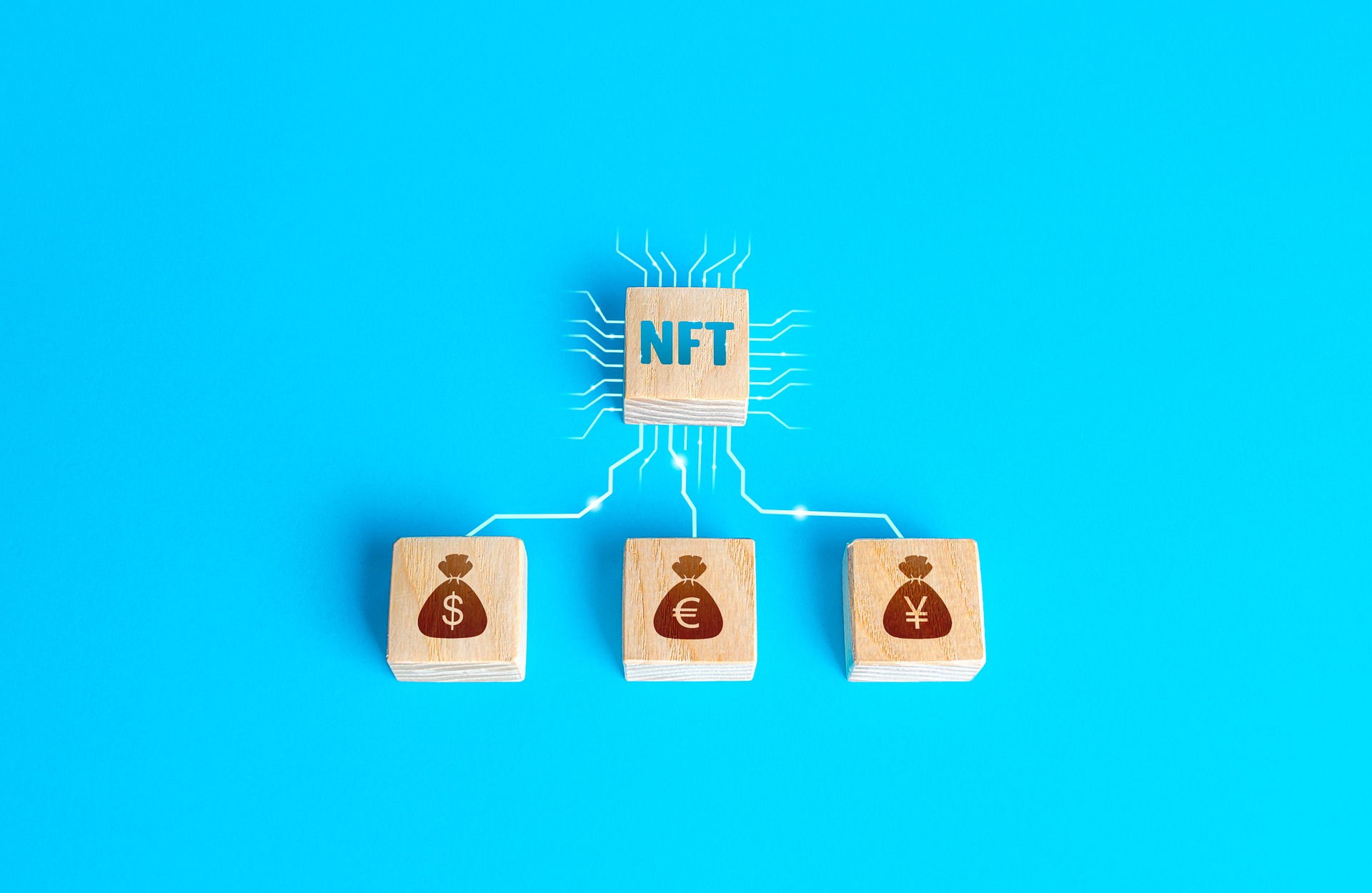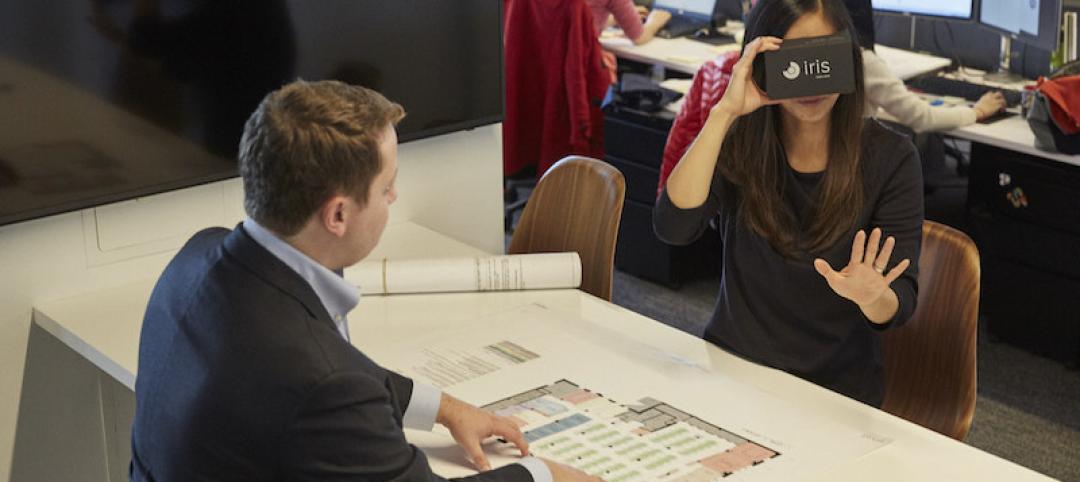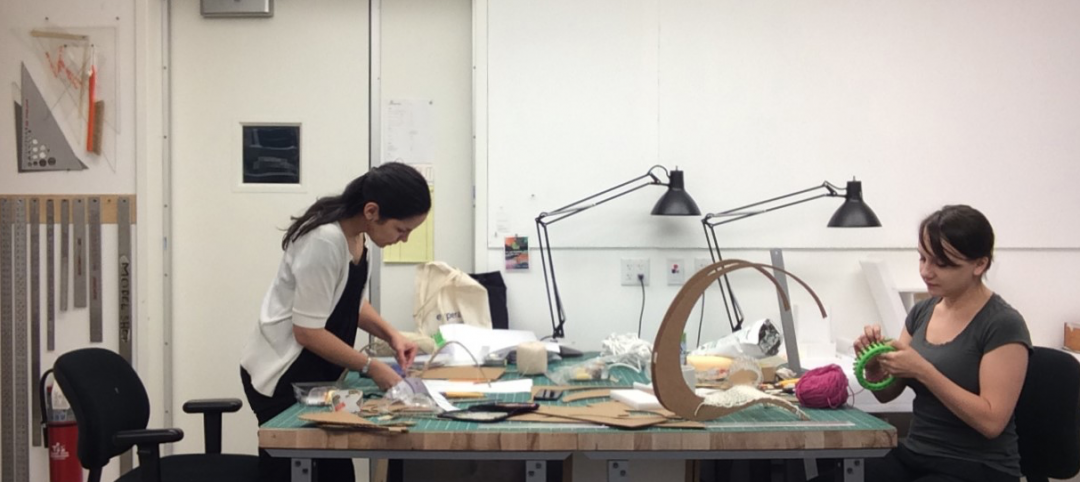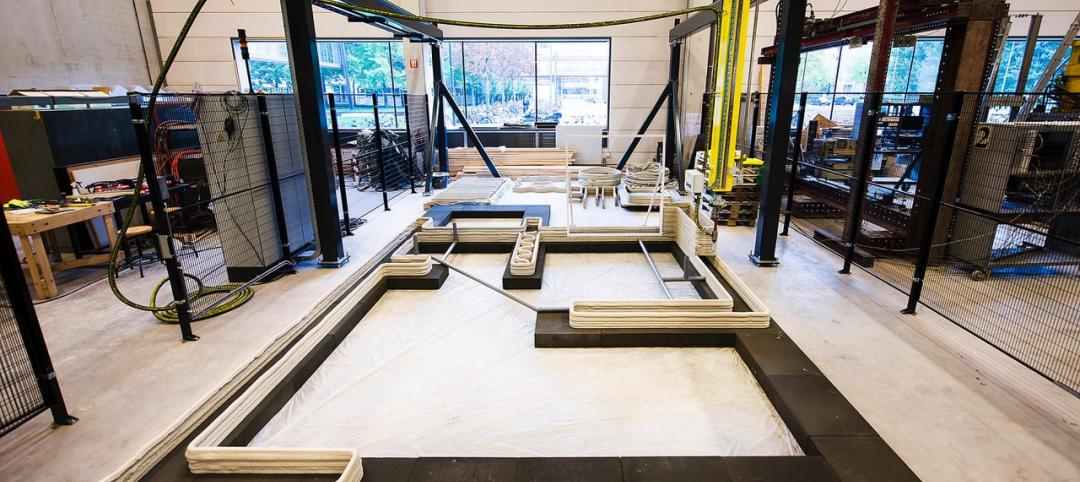An NFT, or non-fungible token, is a digital object that cannot be duplicated. NFTs allow the owners of digital or intangible assets that can be replicated to assert ownership and, by extension, to commodify and trade those assets. For example, anyone can browse photography of the latest Anish Kapoor, but only one city can make a grand public artwork a tourist calling card. For anyone who has ever experienced the frustration of having an idea copied, NFTs offer a possible solution.
As we know them today, NFTs exist in a world far removed from everyday reality—belonging to an intangible fantasy land pioneered by connoisseurs of computer games and digital art. But the value placed on these digital objects, and the tokens associated, is as real as a coin in your pocket.
Where does design come into the NFT picture? A fundamental value of design is its ingenuity in reimagining a better future. Designs can be abstracted or copied, but the ingenuity lies in the process. The labor in design—the thinking, testing, and problem solving—is what clients are ultimately buying. The building or interior is the product of that process.
6 ways non-fungible tokens (NFTs) could transform the design industry
“Tokenizing” design labor would give clients the opportunity to bid for the time of a designer or firm. By placing a higher value on time, this Token Future would create six compelling outcomes:
1. Complimentary Investment.
When a client invests in design, they invest in the benefits expected from the finished building. Tokenizing design labor would mean that a complimentary investment in the designer’s time is also made. To explain, a labor token could appreciate in value and be traded for profit. A token will appreciate as market demand grows, which is itself fueled by public awareness of quality design. When a token appreciates, both designer and client/investor are rewarded with capital gain.
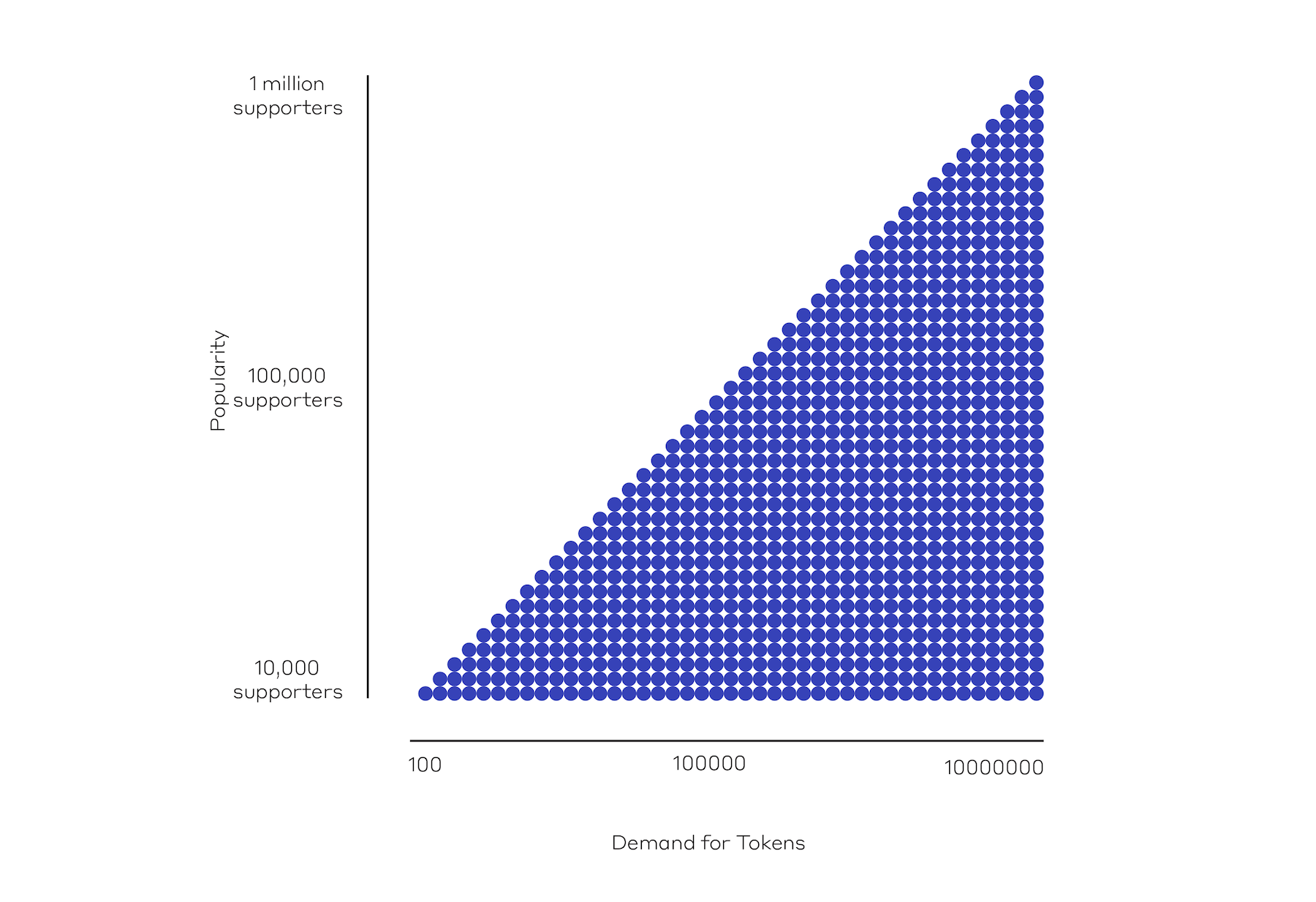
2. Mutually Beneficial Collaboration.
When a client purchases tokens from a designer, they become invested in the ongoing success of that token. The designer becomes a potential source of capital gain, like any other investment—something to be protected and nourished. For a designer, this means a client is more likely to support the process and capacity to perform.
3. Protection of Quality Design Time.
A Token Future should prevent design time from becoming overstretched. It would eliminate the fixed-fee contract, which sees designers at risk of shouldering disproportionate work without compensation—resulting in all-nighters, working weekends and, ultimately, a compromised design. Avoiding these pitfalls is in the best interests of all parties.
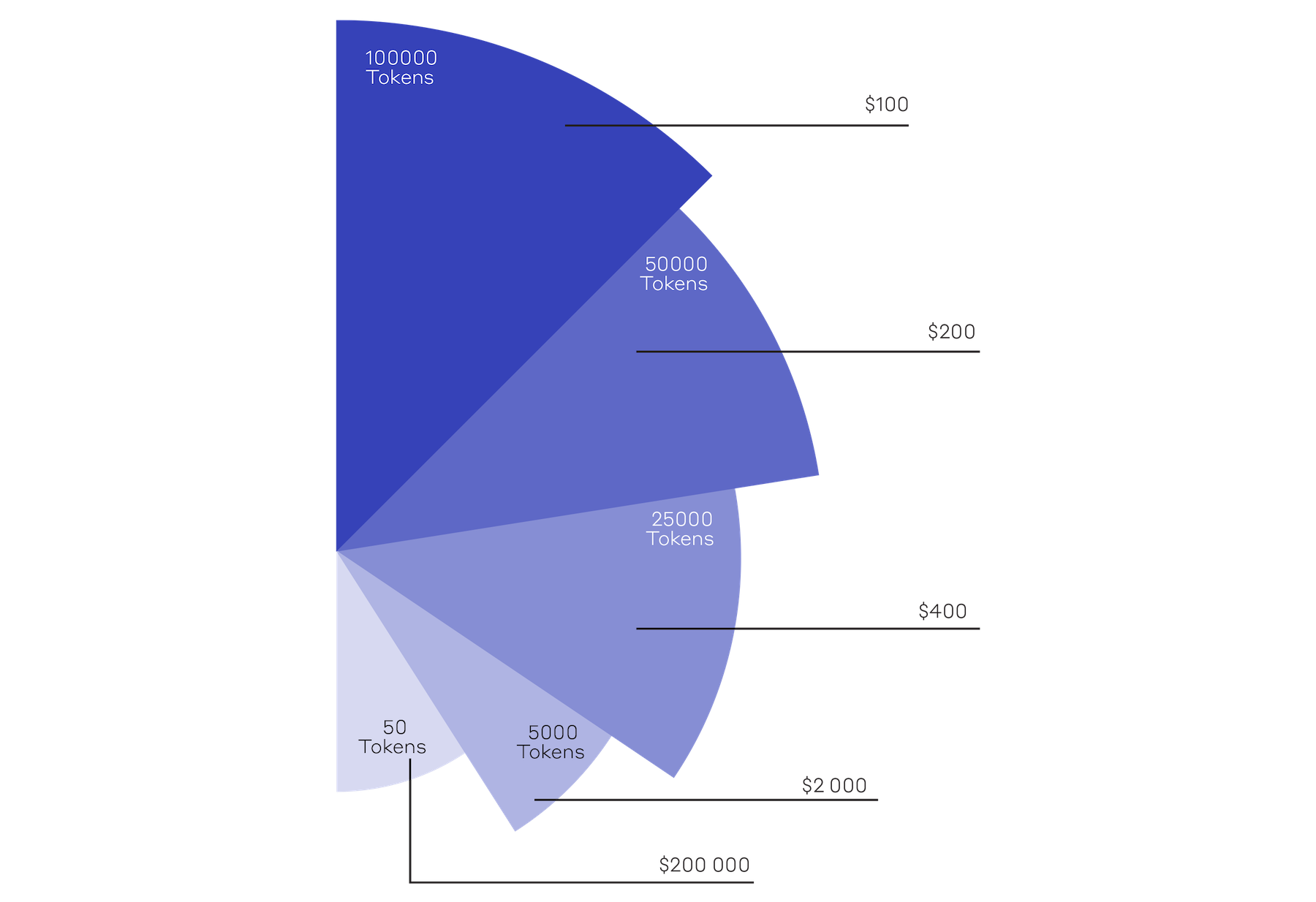
4. Less Money Wasted.
In a case where a client might need to cancel a project, good work and pursuant appreciation of the Token value may result in a financial return on their design investment rather than a write-off.
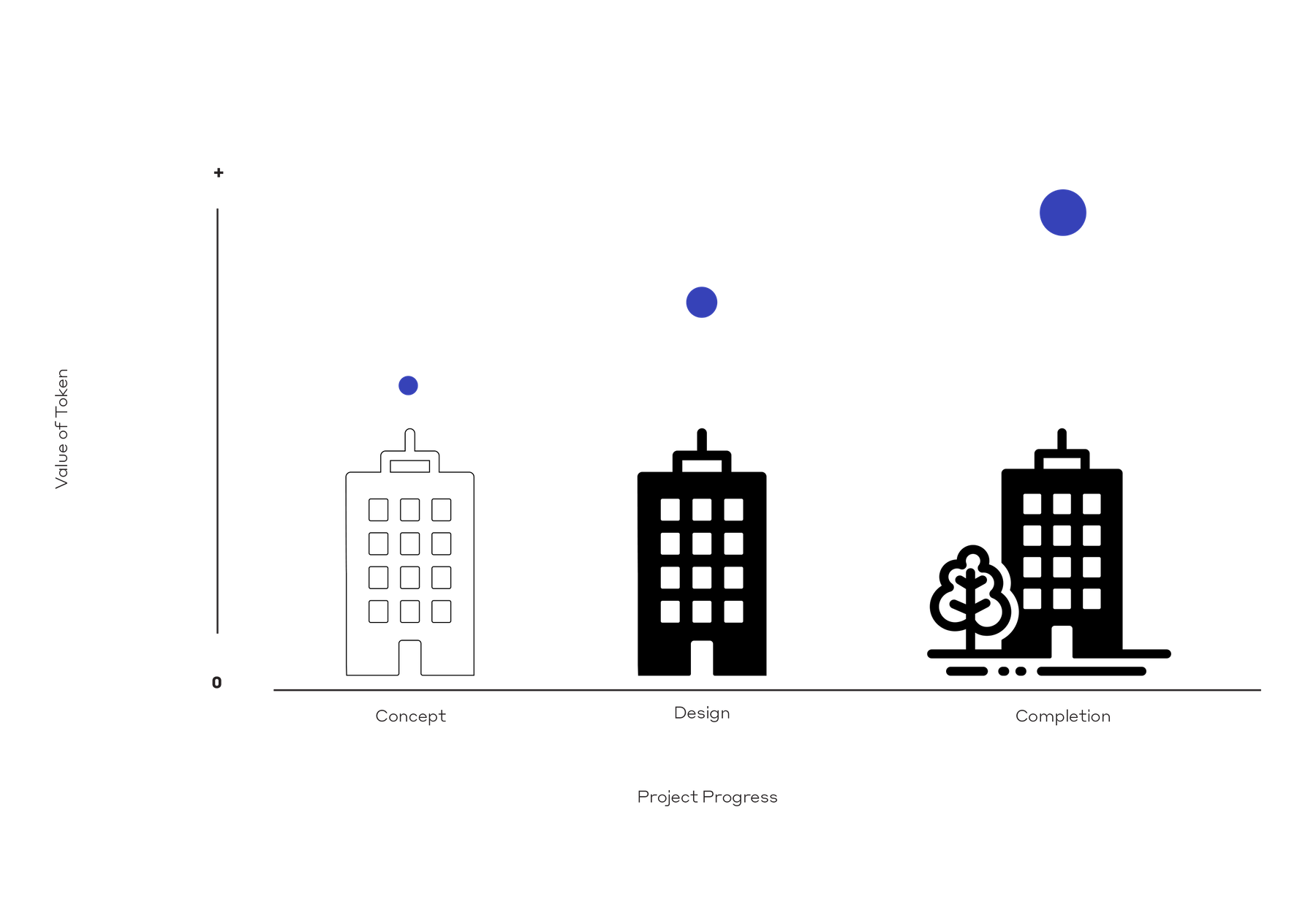
5. A Clearer and More Flexible Market.
The procurement of designers can be opaque and uncertain. Unfamiliar designers with hard-to-understand fee structures may be deemed a risk by clients. A project may need to be put on hold or cancelled. In both scenarios, a regulated and transparent token-based market would afford clients the opportunity to divest as they see fit, with the value of their original investment having appreciated.
6. An Equitable Market for Designers.
In such a system, a designer negotiates the supply of labor in a collaborative manner, only offering services in accordance with their resources. Managed professionally and systematically, design labor could be calibrated not only to a client’s requirements and the designer’s expertise, but also to the mutual financial and cultural benefit of each party—improving life for both parties.
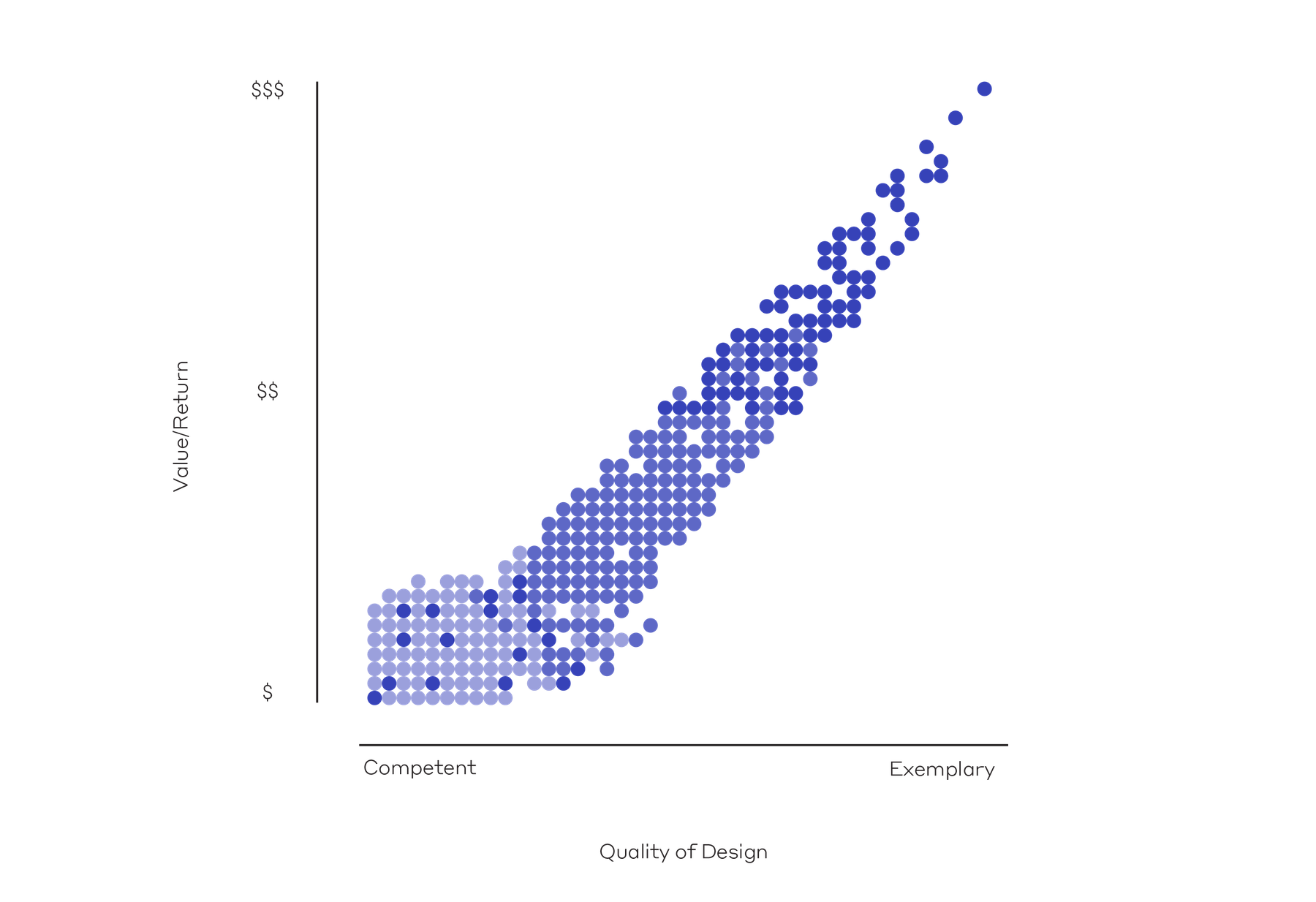
The benefits of a Token Future currently contend with numerous uncertainties and challenges—much like any innovation. Though this concept remains a glimmer on the horizon, NFTs in the design industry promise better welfare, growth, and profit.
As the design industry continues to chart a course toward automated production and an acceleration of the service economy, the rewards of exploring a Token Future for design labor outweigh the risks.
About the author
Jet Geaghan is an Architect based in Woods Bagot’s Sydney studio. For Jet, every building should be conceived with purpose, expertise and wit. Clarity of communication is fundamental to his work, whether it be in a design gesture, construction detail, or cultural testimony. Having completed numerous additions and alterations projects, Jet relishes the complexity and challenges of adapting existing buildings to address evolving demands and unforeseen potential. His experience lends him a broad understanding of the myriad parameters involved in bringing buildings of differing scales to life, which have included the 275 Kent Street redevelopment and the refurbishment of InterContinental Hotel Sydney. Jet has extensive experience with planning approvals, design, documentation, construction delivery, digital modeling, as well as a passion for the written word.
Related Stories
| Jan 24, 2017
BD+C Accelerate Live! AEC Innovation Conference
Building Design+Construction's inaugural Accelerate Live!
AEC Tech | Dec 22, 2016
The success of your data strategy depends on healthy business practices
Data and digital tools are an absolute given to today’s building design and construction process. But creating a true data-driven workflow requires more than just a solid strategy, writes Proving Ground’s Nathan Miller.
AEC Tech | Dec 18, 2016
Customized future weather data now available for online purchase
Simulation tool, developed by Arup and Argos Analytics, is offered to help owners and AEC firms devise resilience strategies for buildings.
Virtual Reality | Nov 16, 2016
Converting 3D model files to VR, with one click
IrisVR offers two new products to simplify and enhance the application of virtual reality for designing projects.
AEC Tech | Sep 6, 2016
Innovation intervention: How AEC firms are driving growth through R&D programs
AEC firms are taking a page from the tech industry, by infusing a deep commitment to innovation and disruption into their cultural DNA.
Hardware | Aug 11, 2016
Kyocera introduces the DuraForce PRO, a rugged smartphone equipped with an HD action camera (UPDATED)
The Super Wide View HD Action Camera and rugged design allow users to capture their adventures on land, air, or sea.
AEC Tech | Jun 27, 2016
If ‘only the paranoid survive,’ what does it take to thrive?
“Sooner or later, something fundamental in your business world will change.” The late Andrew Grove (1936-2016), Co-founder of tech giant Intel Corp., lived by these words.
AEC Tech | Jun 17, 2016
Driverless cars could soon start impacting commercial, retail project design
Offsite parking and more space for valet parking lines are among the foreseeable changes.
3D Printing | Jun 14, 2016
By 2021, 3D concrete printing is projected to be a $56.4 million industry
The 3D concrete printing industry is expected to more than double in size within the next five years.
BIM and Information Technology | Jun 13, 2016
The race to digitize the globe with 3D imagery
Tech firms are creating a highly-detailed virtual planet available instantly for those who would like to scrutinize it. SmithGroupJJR's Stephen Conschafter details the new technologies being used to map our world.


